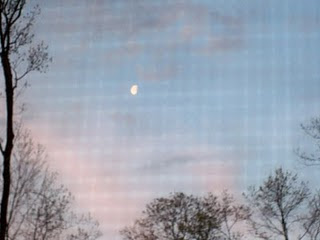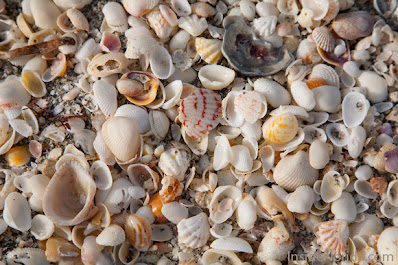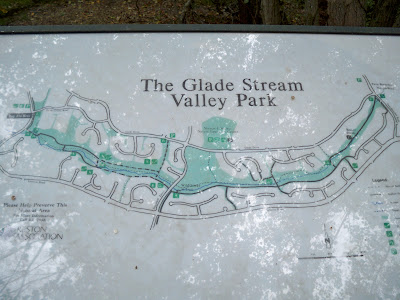Worn Smooth
“I loved the place I was losing, the place that years of our lives had worn smooth.”
Wallace Stegner
On a walk yesterday, I imagined how I would feel if we were leaving the suburbs I’ve railed against for years. Would I slip off the yoke of commuting and slide easily into city life? Or would I long for what I no longer had, for morning walks through the meadow, afternoon ambles in the woods; for a pond that reflects the heavens back to us.
We have not worn our lives smooth. Suburban living exhausts because it demands daily compromise; it is not easily knowable. It changes enough to thwart routine.
What wears smooth is the woodland path, the trickling stream, the natural world that the suburbs cannot quite eradicate.




